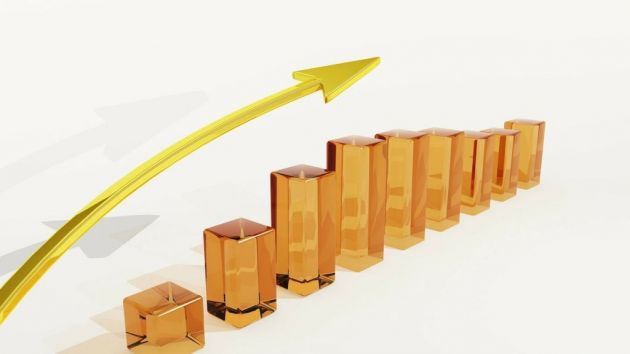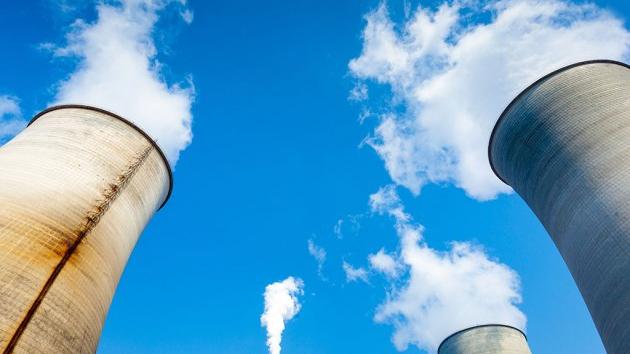Special report by Erste Group ŌĆō Central and Eastern Europe resilient to coronavirus
 Thursday, 06.02.2020.
Thursday, 06.02.2020.
 09:13
09:13
ŌĆō The full impact of the corona virus is yet to be seen. The further spread of the virus primarily hits the sector of services in China and weakens domestic demand. The impact for CEE economies as a whole should remain negligible if the virus is contained within a short period of time. If anything, the negative effects are likely to come indirectly through lower global growth due to a slowdown in China and increased levels of uncertainty. Particular sectors such as commodity producers (copper and steel, in particular) or Global Value Chains exclusively relying on inputs from China are more likely to suffer from production breaks. Tourism is also likely to face a slowdown. On the other hand, CEE, as a net commodity importer, could benefit from lower prices ŌĆō the analysis says.
Sector impact
Events from the SARS epidemic shows that most of the negative impact on the Chinese economy came from the tourist sector. The Chinese authorities have undertaken measures to ban travel and restrictions from other countries are likely to follow. Airlines have already decided on, or are considering, suspending flights to China. While CEE countries have been enjoying an increasing number of inbound tourists from China, their share out of total foreign inbound travel remains mostly in the low single-digit territory. Therefore, the impact of even a considerable drop in the number of inbound Chinese guests would not rattle the tourism sector in CEE. Furthermore, Chinese tourists visiting, e.g. Prague, usually stay for fewer nights (1.7) than the average foreign tourist.
Due to the containment measures adopted by China, the situation in China could differ from the SARS epidemic, when industrial production remained largely undisturbed. The impact on ChinaŌĆÖs economy could go far beyond the services sector. Fortunately, the value of CEE exports to China is negligible (around 1% of total CEE exports), which makes CEE rather resilient to any slowdown in Chinese demand.
On the other hand, the share of imports from China is much higher in CEE (double-digit figures in Czechia and Poland). More than one third of imports are final products, so their reduction would have a rather neutral effect on economic growth in CEE. Potential disruption in the imports of intermediate products are more relevant for CEE economies, where high dependencies and lack of substitutes could potentially cause some outages or delays in production. The largest part of the import of intermediate products are computers and electronics.
ŌĆō We looked in more detail at the CEE automotive sector and its dependency on imports from China. According to the Financial Times, the Wuhan region is home to important operations for Nissan, PSA Peugeot-Citroen, Honda and GM. Their production is primarily focused on supplying the local market; therefore any potential disruption should have limited spillover into CEE. Thanks to high optimization of logistics, cars assembled in CEE rely on components primarily produced in Europe. Nevertheless,some tiny fraction of parts (2.5-3.5% of the value added of cars) have their origin in China. They primarily consist of rubber, textile, chemical products and electronics.
The CEE region may be positively affected through lower prices of commodities. Stopping production in China due to containment measures could cause visible breaks in copper and crude consumption as well as in steel consumption. Price developments of global commodities indicate that the markets seem to fear production breaks. Development of copper prices should be mostly negative for KGHM as a major global producer, while the steel price impact might be mixed. On the other hand, demand effects on crude should be mostly positive for CEE, as all markets are actually commodity importers.
ŌĆō Even major disruptions could, however, be replenished later during the year by means of extra working hours. Provided that the virus is contained at some point, industrial production could recover from a possible dip in the first quarter ŌĆō the analysis says.
Most Important News
06.04.2024. | Agriculture
Preconditions for Placement of Fresh Blueberries and Dried Plums in Chinese Market Secured

16.04.2024. | News
Jovan Ciric, Leasing Director Retail MPC Properties ŌĆō MPC Echo symbolizes our desire for good ideas and innovative endeavors to spread freely and bring about positive changes

16.04.2024. | News
10.04.2024. | Finance, IT, Telecommunications, Tourism, Sports, Culture
Creative Industry ŌĆō What This Serbian Economy Sector Worth EUR 2 Billion Encompasses

10.04.2024. | Finance, IT, Telecommunications, Tourism, Sports, Culture
19.04.2024. | News
Mali: Investment rating for Serbia next year

19.04.2024. | News
16.04.2024. | News
Economy Fair in Mostar opens ŌĆō 26 companies from Serbia exhibiting

16.04.2024. | News
18.04.2024. | Energy
Signing of memorandum of understanding between relevant education and science institutions and government representatives regarding nuclear program proposed

18.04.2024. | Energy


 Izdanje Srbija
Izdanje Srbija Serbische Ausgabe
Serbische Ausgabe Izdanje BiH
Izdanje BiH Izdanje Crna Gora
Izdanje Crna Gora


 News
News








